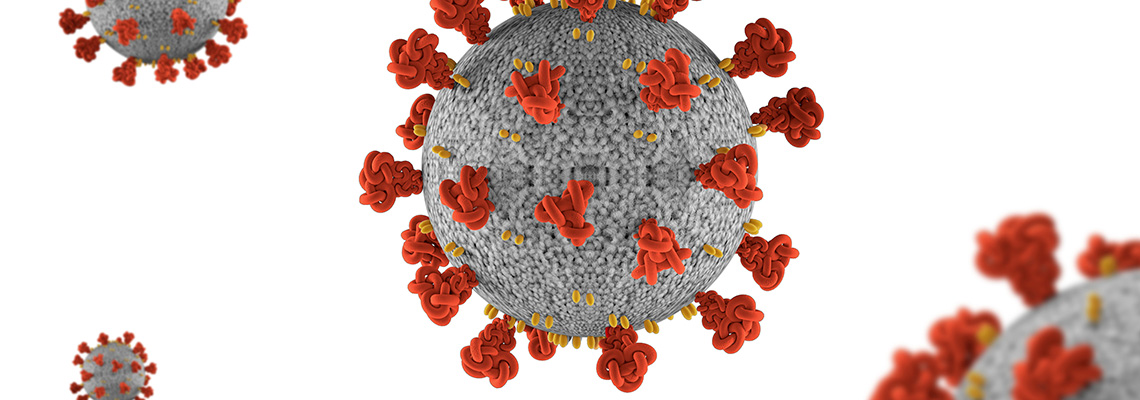

About COVID-19
The Testing of SARS CoV-2
SARS-CoV-2 belongs to the broad family of coronaviruses which are capable of causing illnesses ranging from the common cold to more severe diseases1
SARS-CoV-2 infections cause COVID-19 disease resulting in a wide range of clinical symptoms, ranging from asymptomatic to fever, tiredness and dry cough, and possibly leading to severe sickness and even death. Most patients recover without special treatment.
According to recent data, approximately 15-20% of infected individuals become seriously ill and develop difficulty breathing2.
The elderly and those with underlying medical problems, such as high blood pressure, heart problems or diabetes are more likely to develop serious illness2.
Human-to-human transmission of the virus has been confirmed and occurs primarily through respiratory droplets from coughs and sneezes within a range of about six feet (1.8 m)3. Viral RNA has also been found in stool samples from patients.
What to do with a positive test
A positive result means that you most likely have been infected with COVID-19
Please take precautions and follow your local guidelines in order not to spread the virus.
For all rapid antigen tests, there is a very small possibility that the test result is incorrect, a “false positive” result. In doubt, please contact your healthcare provider who will advise you what to do.
What to do with a negative test
A negative test result means that the OnSite COVID-19 Ag Rapid Test was unable to detect a COVID-19 infection in your sample at present time.
The test is designed to detect a positive result within the first seven days since the first onset of symptoms.
This means that if the test is performed 7 days after the onset of symptoms, the test is potentially not able to detect a COVID-19 infection. A negative result from a test taken later than 7 days after onset of symptoms, may therefore be incorrect – a false negative result.
The situation is the same for all rapid tests, as they are intended to detect a COVID-19 infection early after the onset of symptoms.
Therefore, if in doubt about a negative test results, please contact your healthcare provider who will then consider your tests result together with your medical history and decide if a molecular test (a PCR test) is needed to confirm the result.
False negative results can also occur if the virus load is low. This is the same for all COVID-19 antigene tests.
Our References
1. Naming the coronavirus disease (COVID-19) and the virus that causes it. (n.d.). Retrieved from https://www.who.int/emergencies/diseases/novel-coronavirus-2019/technical-guidance/naming-the-coronavirus-disease-(covid-2019)-and-the-virus-that-causes-it.
2. “Frequently Asked Questions – General Assembly of the United Nations.” United Nations, www.un.org/pga/75/coronavirus/faqs/.
3. World Health Organization. (2020). Advice on the use of masks in the community, during home care, and in health care settings in the context of COVID-19: interim guidance, 19 March 2020 (No. WHO/2019-nCoV/IPC_Masks/2020.2). World Health Organization.
Let us help!
If you have any questions about our products, don’t hesitate to reach out!




